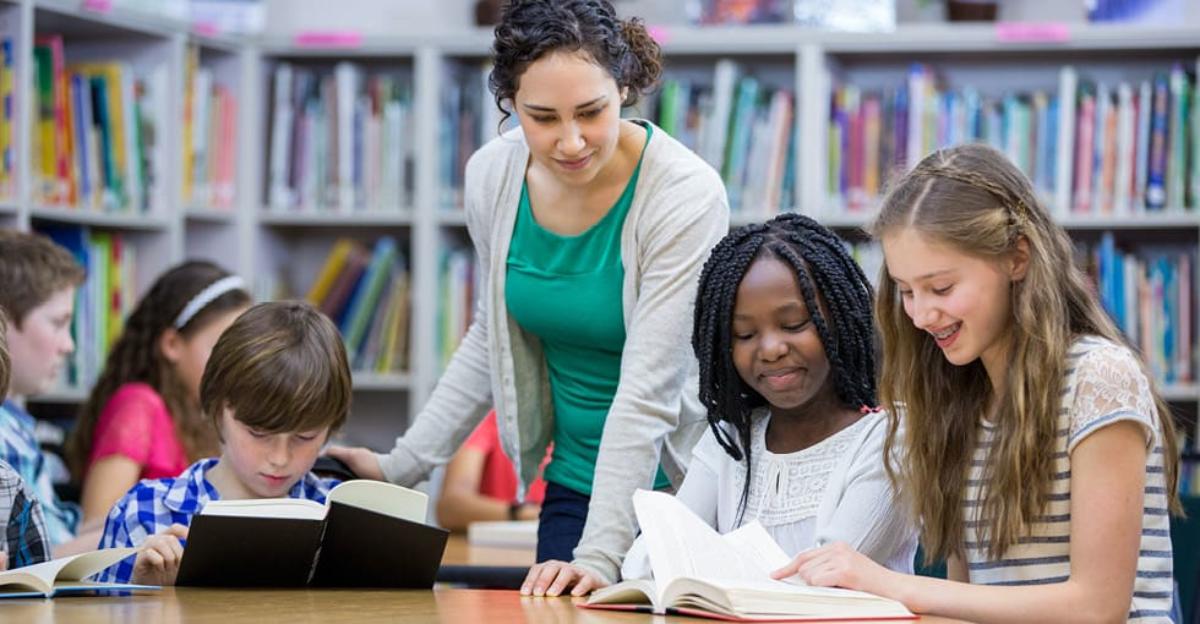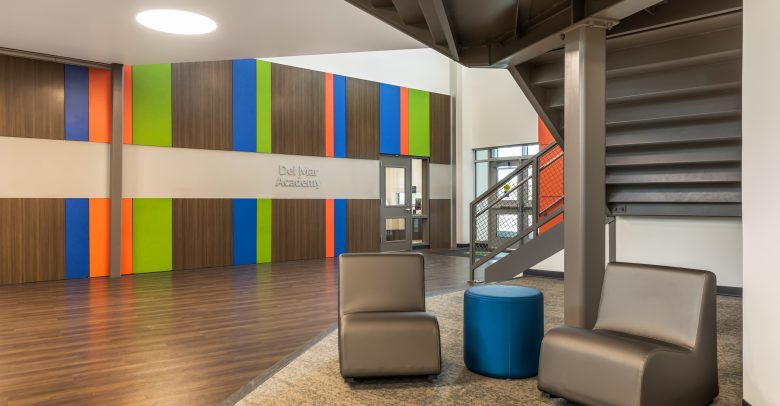Teachers know that some kids don’t read for fun. Kids would rather play video games, watch TV, or even do household chores than sit down with a book.
Educators recognize this is a challenge because they see generations of students missing out on countless opportunities. The benefits of reading have been widely reported. From increased empathy to improved vocabulary and test scores, the positive achievements students experience through recreational reading simply can’t be ignored. And yet, many kids never seem to unlock the love of reading that will open that door to success.
What’s the Solution?
One simple trick is the classroom library. Studies have shown that having book libraries in the classroom can actually increase reading time by 60%. And, yes, the additional cognitive benefits soared, as well.
With classroom libraries, students are surrounded by a variety of books on a regular basis. They don’t have to trek to another building, where they apply for a library card and struggle with the catalog system. Instead, they grow comfortable with the sight, smell, and feel of books daily in their classroom environment.
What Do Classroom Libraries Need to Be Successful?
Variety
According to the International Reading Association, classroom libraries should start with about seven books per student. This number can be increased annually. Aim for a variety of books. Remember: the objective is to get kids comfortable with texts so they can develop recreational reading habits. Studies indicate that regular reading in any genre can have amazing positive impacts on students, so there is no need to force a specific author or genre.
Appealing Area
Make your classroom library a comfortable, welcoming space. Kids are much more likely to visit and use the shelves if they’re open and inviting. Try to avoid crowding the books so they’re hard to see or reach. Instead, place them in areas that are easy to access, near spaces where students can relax and enjoy the stories.
If your library contains books with exciting covers, consider using open-faced bookshelves. This can make reading even more intriguing, as students find themselves curious about the stories behind the art.
Conversation
Once you have a classroom library set up and going, the next thing kids need to solidify their love of literature is a chance to talk about what they’ve read. Establish regular reading times during class, and allow students to share their stories with each other.
This can happen from elementary through high school levels. Many teachers find that a few minutes set aside for quiet reading time at the start of each lesson helps students calm down and focus on their lessons to come. Weekly story-sharing sessions help spread excitement about literature and the benefits of reading.
Students may also want to write about what they’ve read. A common activity is the reading journal. Without strict guidelines, kids can write their thoughts about what happened in their reading each day. This free writing not only lets students get their thoughts down on paper, but it also encourages them to practice analyzing what they have read.
The struggle to get students reading is tough, and teachers often wonder if they are up to the task. The best news is that sometimes kids will solve this problem on their own. All they need is a little push in the direction of their classroom library.






Leave a Reply